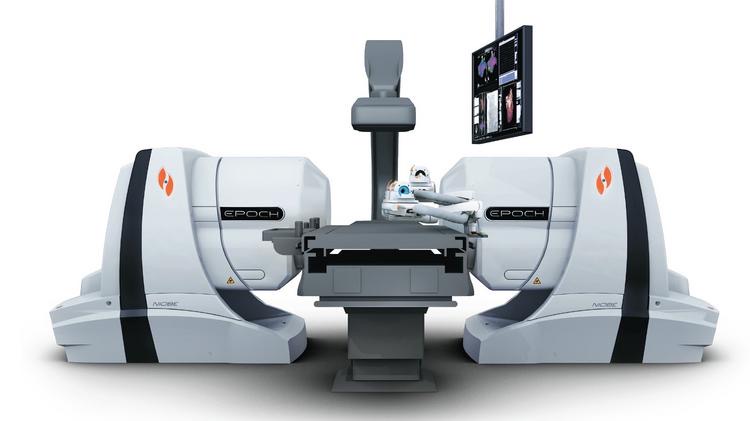
Although your heart beats for a lifetime, it’s a surprisingly delicate muscle. Made up of a network of arteries, veins and small chambers, the heart’s thin walls can be damaged by the slightest touch.
Stereotaxis technology is a major innovation in treating this delicate organ because it allows physicians to guide extremely soft and flexible catheters into a beating heart with less risk of the most serious complications and less radiation from the X-rays used to visualize the procedure.
By combining the benefits of precise, computer-aided magnetic guidance with catheters too soft to push through heart tissue, physicians can reach remote areas of the heart that have been difficult, if not impossible, to access before. The potential benefits to patients include:



Stereotaxis procedures are performed in a room built specifically for this purpose. Large video monitors installed in the room let the physician and his team view every step of the process and guide the action of the magnets positioned on either side of the patient. These magnets gently pull the soft catheters into place so the physician can treat the heart. For arrhythmias, this typically involves using radiofrequency energy to destroy small areas of heart tissue where abnormal heartbeats may cause an arrhythmia to start.
